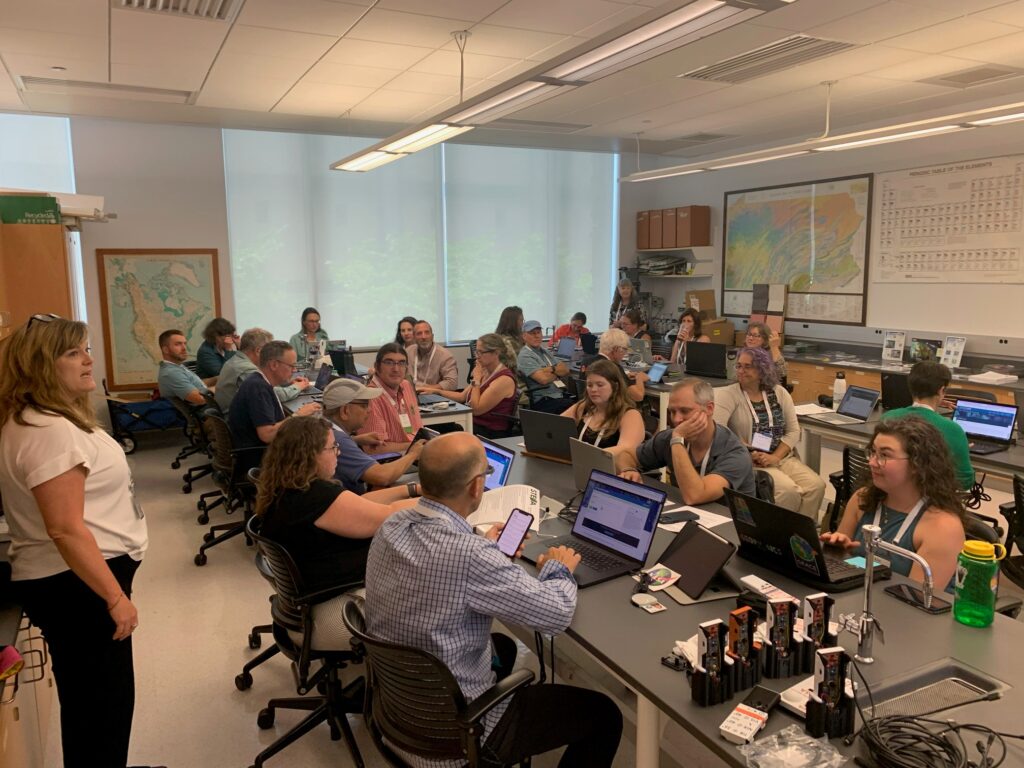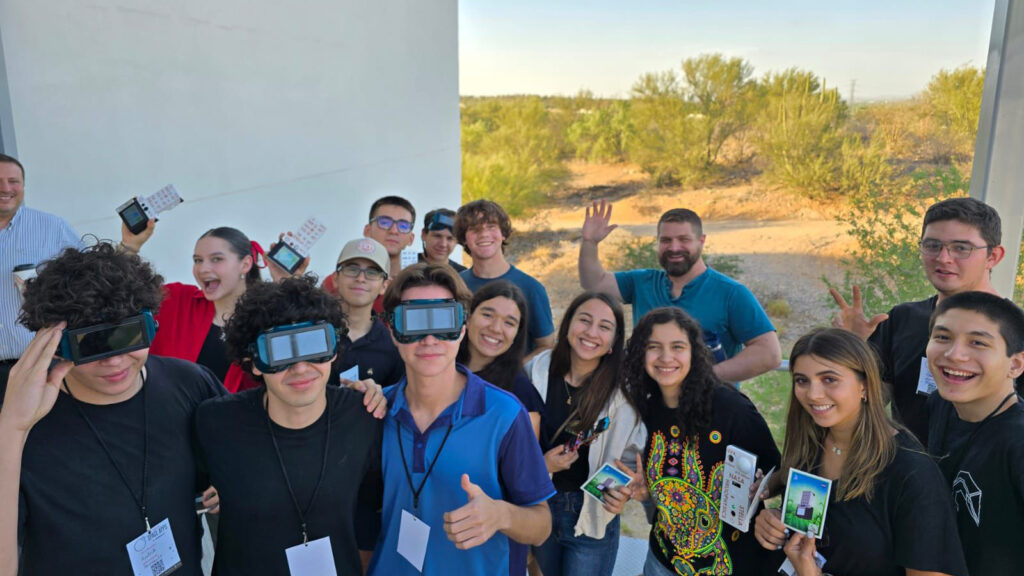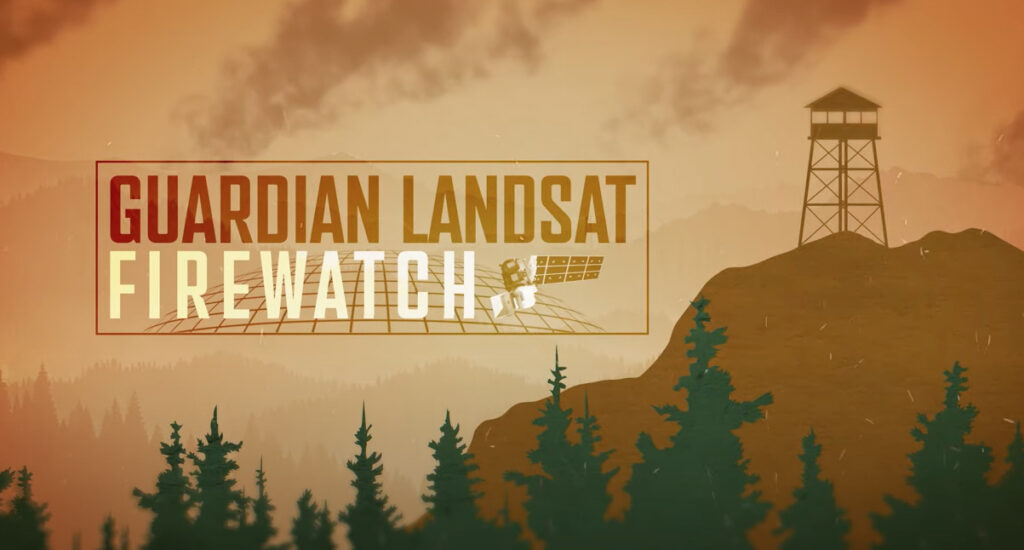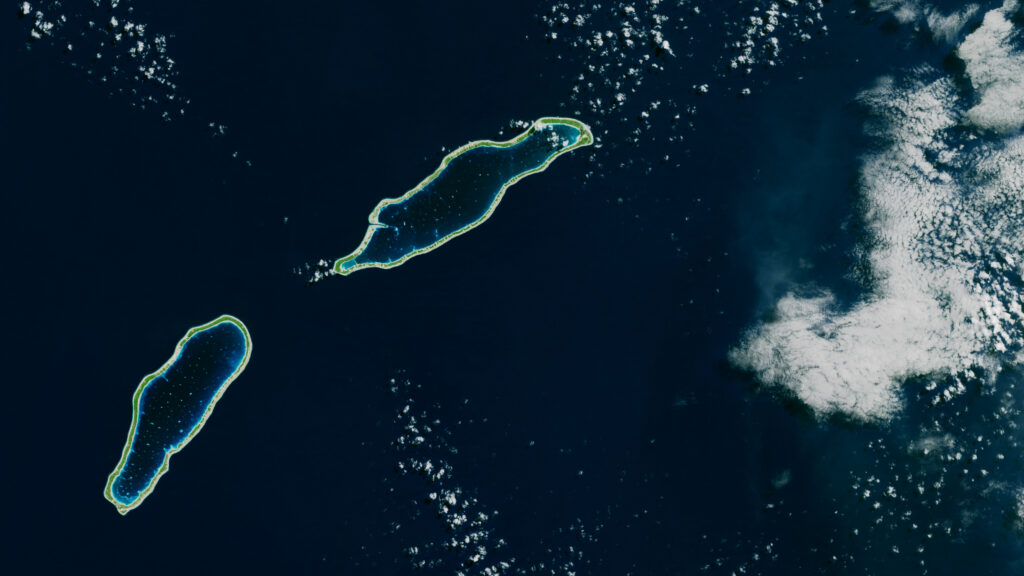On July 15, 32 university and community college geoscience faculty members attended a NASA-led workshop at the tenth annual Earth Educators’ Rendezvous at Philadelphia’s Temple University. The workshop, called “Exploring Earth’s Surface Through Remote Sensing,” was facilitated by Landsat outreach specialist Michael Taylor and NASA Earth Science Data System’s community coordinator, Elizabeth Joyner.
The Earth Educators’ Rendezvous is an annual meeting geared toward instructors, researchers, and administrators to learn about the field, share opportunities for research, and discuss new teaching approaches. The workshop “Exploring Earth’s Surface Through Remote Sensing” included an overview of remote sensing and Landsat, hands-on practice with the STELLA DIY handheld spectrometer, and a tutorial on Landsat 8 Surface Reflectance ARD data access using AppEEARS.
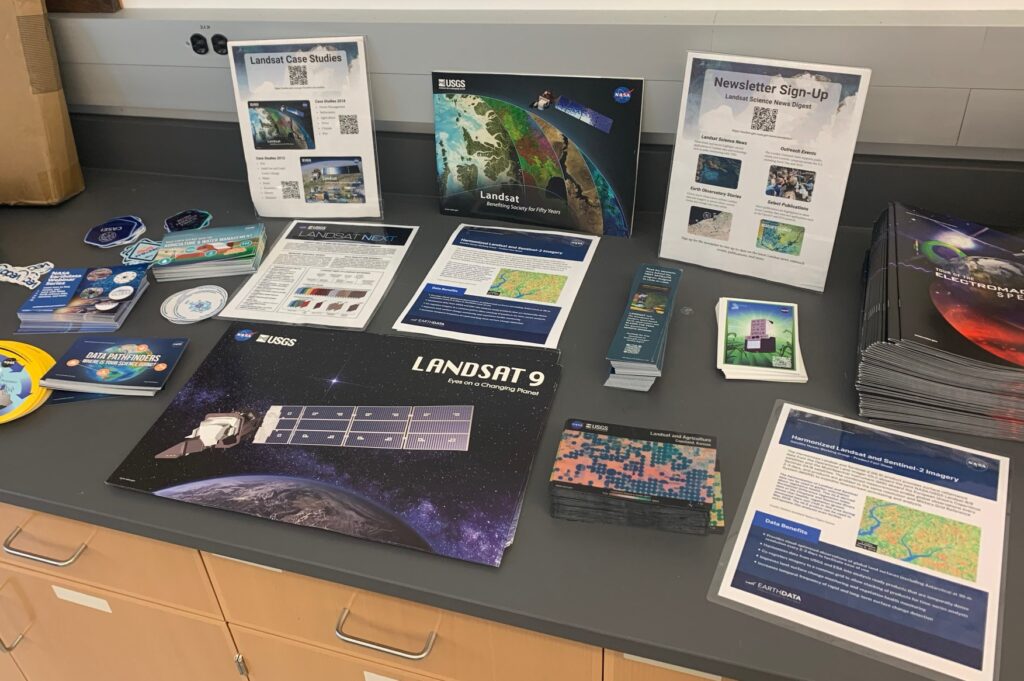

Taylor presented on the basics of remote sensing, explaining how satellites like Landsat collect data about Earth’s surface from across the electromagnetic spectrum with applications including monitoring urban development, vegetation health, burn severity, and disaster recovery. Taylor then led a hands-on workshop on collecting surface reflectance data with STELLA spectrometers. STELLA collects data in the visible and near-infrared wavelengths—portions of the electromagnetic spectrum also observed by Landsat—and serves to demonstrate how satellites collect multispectral data.
Joyner guided participants through a tutorial on using the AppEEARS tool, which allows users to access a wide range of NASA’s geospatial datasets on one platform and subset the data spatially, temporally, and by layer. Participants followed Joyner’s step-by-step guide to extract Landsat data and evaluate vegetation health on Temple University’s campus. Joyner highlighted that data users can sample by both point and area to observe changes over time. Landsat has been capturing images of Earth’s surface since 1972, providing over 50 years of data to monitor change on our planet. The Landsat Next mission, set to launch in early 2031, will revolutionize Landsat measurement capabilities with increased spectral, temporal, and spatial resolution.
